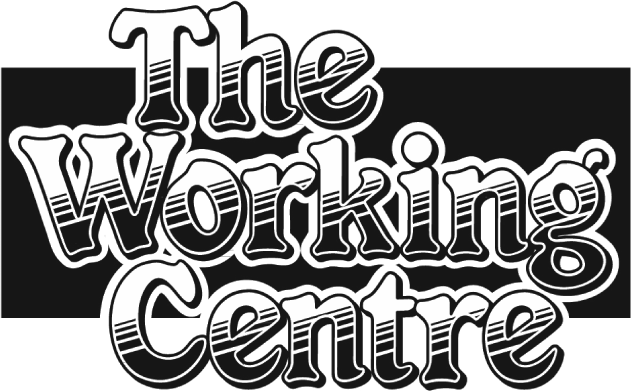Transitions
A transition is a change from one condition to another. Sometimes transitions are voluntary – you decide to make a change in your life – and sometimes involuntary – a change is forced upon you, such as job loss – and you’re forced to respond.
Transitions are often rocky, chaotic, scary and never convenient. The transition will be easier if you are honest, open, and engaged in the process and responding proactively. On the flipside, transitions – even involuntary ones – can be an opportunity to explore new interests, reconnect with previous interests, and can be an opportunity for finding a renewed purpose in your life and your work.
Transitions can not be short-cutted, but the length can be minimized by being proactive and engaged in the process and making use of the support all around you to help you through it.
Anchors
We all have roots/supports/anchors around us (even if you don’t at first recognize it). The truly resilient people will accept that they need an anchor through a transition and make use of the supports around them. What do these supports look like?
Anchors are unique to each person. They could be family members or friends. For some their religious/spiritual beliefs carry them through tough times. Others stay anchored and draw meaning from their hobbies, interests or passions.
It isn’t important what the anchor is. What’s important is that you recognize what can anchor you (and it may be a combination of things) and make use of these anchors to support you through the chaotic and emotionally challenging transition of job loss.
What is your anchor?

